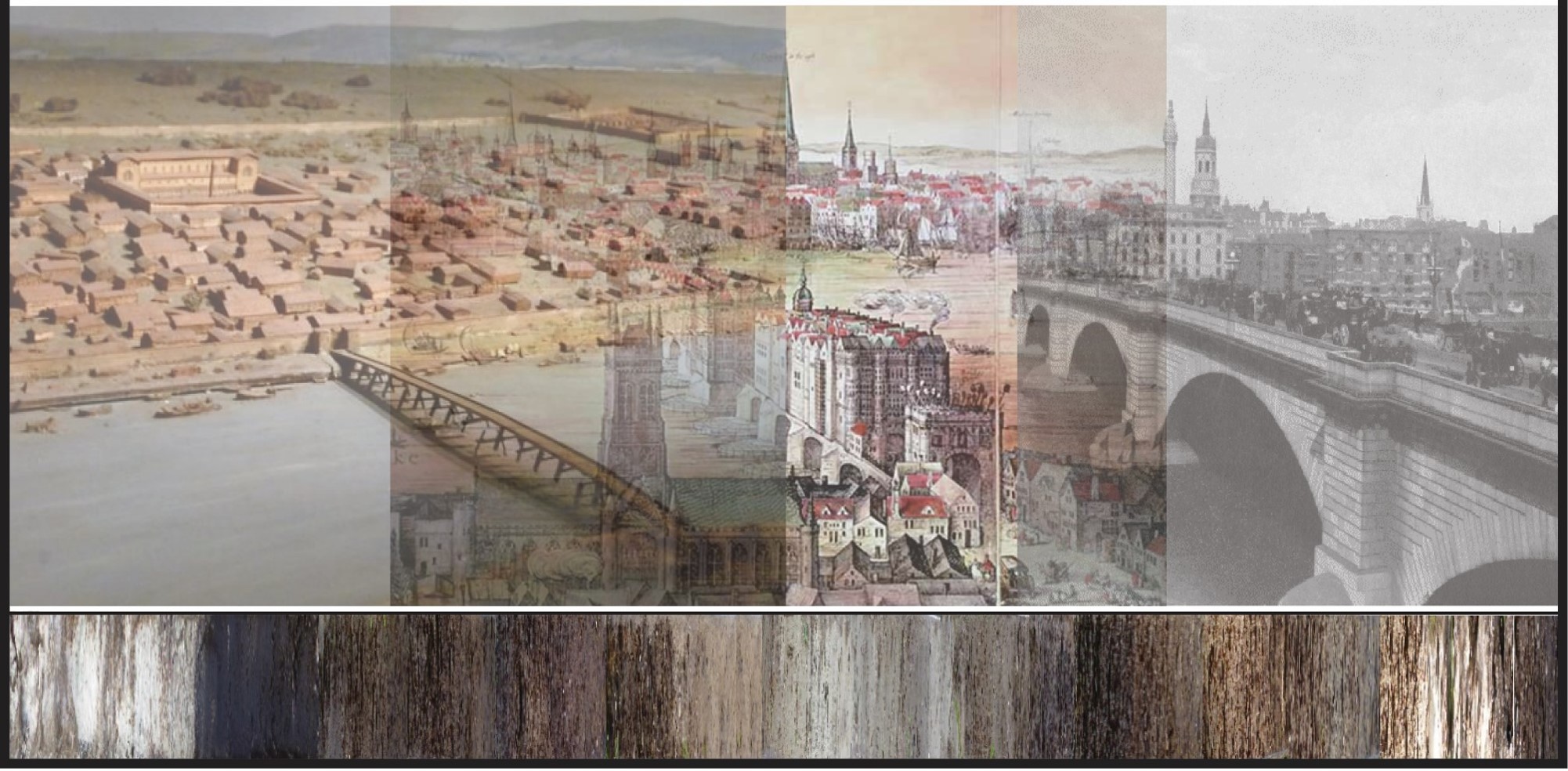Molecular Biography of an Urban Centre: Two Millennia of [Ecological] Community Dynamics
September 2024 – August 2026
This project is supported by legacy funding from the University of Reading, designated to support innovative research in archaeological science in collaboration with the Natural History Museum and other stakeholders.
Sam Hudson began work on this project, which was developed by Aleks Pluskowski, Rob Hosfield (UoR), Selina Brace and Ian Barnes (NHM), in September 2024.
This three-year project will examine the long-term impacts of urbanism on biodiversity and ecosystem health from a DNA perspective. Urbanism remains one of the most far-reaching developments in human history, with both positive (e.g. increased average income) and negative consequences: the latter include poor health, extreme crowding, and environmental degradation. The expansion of built-up areas and the repeated replication of urban ecosystems in recent times has impacted on species richness, with the need for those who control and plan cities to consider the more-than-human dimension.
The archaeological record offers a valuable opportunity to track key environmental impacts of urbanism at different times and scales in the past, reflecting changes in both urban extents and human population sizes over time. These can also be cross-referenced against changing human lifestyles (e.g. pre- and post-the industrial revolution) and climatic shifts (e.g. the Medieval Warm Period and the Little Ice Age).
The project will focus on London, reflecting both its near-continuous occupation from Roman times through to the post-Medieval period, and the intensity of archaeological fieldwork across London since the 1980s. Animal and plant DNA will be retrieved from long urban sedimentary sequences and identified with reference to the NHM’s Darwin Tree of Life project (which is sequencing the DNA barcodes and full genomes of all 66,000+ described UK species). The resulting data will therefore characterise changing species diversity and richness over time. Sedimentary sequences will be sampled from excavation archives, ongoing excavations and geoarchaeological sediment cores, in collaboration with Reading’s QUEST, archaeological units working within the London area and institutions with stewardship of relevant historical sites. The project will also exploit different genomic pathways, combining sediment cores with discrete animal bone / plant assemblages.

